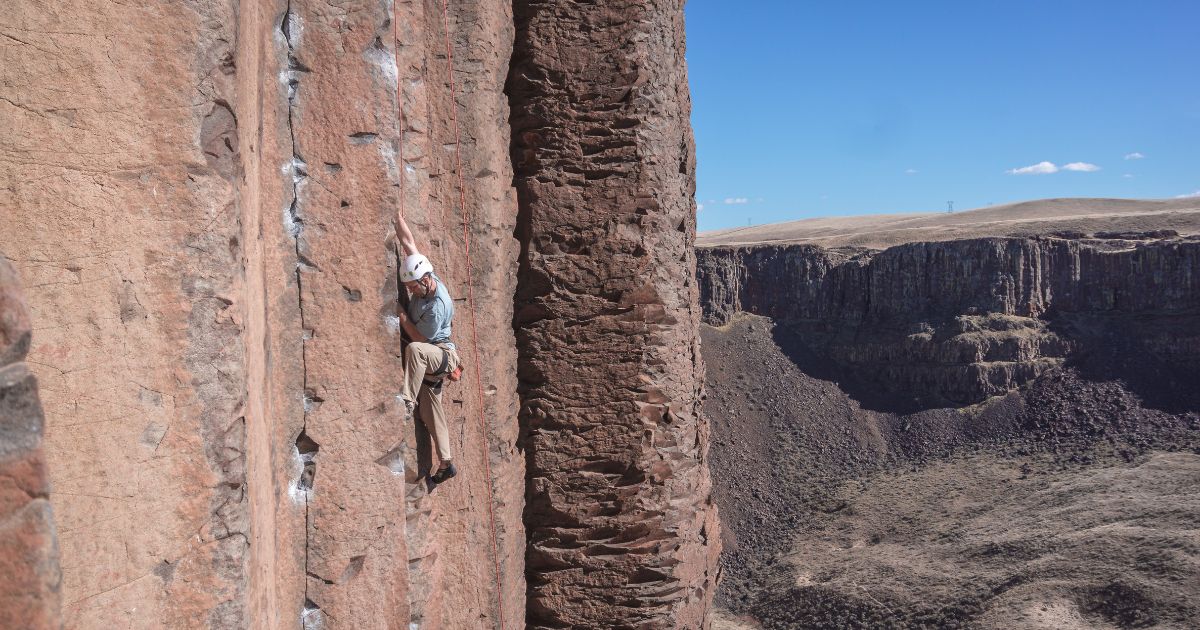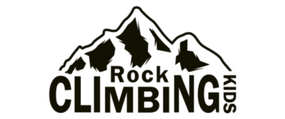Table of Contents
Slab Climbing Techniques for Beginners: Slab Climbing Guide
Climbing enthusiasts, rejoice! We’re going to delve into the world of slab climbing today and provide you with some great tips to improve your slab climbing abilities. This article is full of helpful climbing exercises and techniques, whether you’re a novice or looking to improve.
Compared to other types of climbing, slab climbing presents a unique set of difficulties and methods. It requires maneuvering on low-angle rock surfaces, which call for a trifecta of strength, balance, and dexterity. We’ll go over important slab climbing tips and techniques in this extensive guide to help you master this particular aspect of the sport.
How to master smears on slabs?
Knowledge of Smears
Smears are a critical skill for slab climbers to acquire. Compared to edges, smears need a different method due to their rounded shape. Concentrate on expanding your shoe’s surface area on the hold to maximize power through a smear. To maximize pressure through the feet, extend your feet, drop your heels, and maintain a slight body angle relative to the wall.
Slab climbing requires an understanding of the subtleties of smearing. Smears require a deliberate technique due to their lack of defined edges. Focus on distributing your weight uniformly throughout the climbing shoe’s sole to make the most amount of contact with the rock.
Advice for Effective Smears
- Surface Area Is Important To maximize rubber contact on the smear, aim for it.
- Body Position: For best results, keep your butt out and don’t push your hips against the wall.
- Smear Box: Find the sweet spot for the best possible force transfer while maintaining tension from the hips to the knees.
When delving further into effective smearing, give top priority to increasing surface area contact. Keep your hips a little bit away from the wall to ensure that your body is in a position that will facilitate effective smearing. To ensure optimal force transfer through your feet, the “smear box” technique emphasizes maintaining tension from your hips to your knees.
Smear Exercises
Try this easy drill to sharpen your smearing technique: practice smearing without footholds on a featureless wall by using the texture of the wall. This promotes comfort and familiarity with smearing methods. During this exercise, be mindful of your hip placement, foot tension, and heel drop.
Take a hands-on adventure to improve your smearing skills. Play a drill where you practice smearing against a featureless wall, using the texture of the wall as your foothold rather than your hands. This exercise helps you become more comfortable and familiar with smearing techniques. It requires you to pay close attention to heel drop, foot tension, and hip positioning.
Slab Edging Techniques:
The Influence of Edging
Smearing is all about making as much contact as possible, whereas edging on slabs requires directionality and accuracy. Edges highlight the significance of proper footwork and toe placement by enabling high steps and vertical movements.
Be aware that edging requires a different skill set than smearing when making the switch. Slab edging requires deliberate toe placement and accuracy. It’s about using defined edges to create controlled vertical movements and high steps, highlighting the importance of precise footwork.
Balance and Weight Transfer
Finding the balance point and perfecting weight transfer is necessary to reach a hands-free position on the edges. You can perform no-hand movements on slabs with confidence by distributing your weight over your feet gradually. To perform these dynamic climbing maneuvers, flexibility is essential.
Beyond the fundamentals, finding the delicate balance point and perfecting weight transfer is necessary to achieve a hands-free position on the edges. To perform no-hand movements on slabs with confidence, gradually shift your weight over your feet, highlighting the importance of flexibility in these dynamic climbing maneuvers.
High-Steps Flexibility Exercises
Two exercises to help you become more flexible for high steps are as follows:
- Pancake Exercise: Perform a straddle and lean forward to target the flexibility of your hamstrings and adductors.
- Hip Flexor Raise: Raise your leg off to the side to strengthen your hip flexors and increase accuracy.
If climbers want to become proficient on high steps on slabs, include specific stretches to increase flexibility. The hip flexor raise strengthens the hip flexors and improves accuracy by raising the leg to the side, while the pancake exercise targets the flexibility of the adductor and hamstrings through a straddle and forward lean. The key to building the strength and flexibility needed for precise footwork on slabs is to perform these exercises.
In summary
A distinctive and difficult feature of the sport is slab climbing, which calls for a trifecta of strength, balance, and technique. For those looking to step up their climbing, the exercises and insights offered provide a strong foundation, and for newcomers, they offer invaluable advice. Remember to look into other sources of inspiration for climbing.
To sum up, slab climbing is an exceptional challenge requiring a subtle blend of strength, balance, and technique. This guide’s insights and exercises provide novices to slab climbing a strong foundation, and seasoned climbers looking to improve can also greatly benefit from its valuable advice. To further develop your abilities and enthusiasm for the sport, don’t forget to check out other sources of inspiration for climbing.
Related Posts
- Proper Climbing Warm-Up: For Better Climbing Performance
- The 7 Essential Movements of Bouldering
- How to Flag: A Climbing Technique for Developing Balance
- The 5 Fundamentals of Climbing You Need to Know
- How To Improve Your Climbing Footwork? – 4 key Stages
- 8 Essential Tips for Outdoor Rock Climbing Beginners
- Best Upper Body Workout for Climbers
- 7 Techniques Every Climber Must Know
- 7 Biggest Climbing Mistakes And How To Fix Them
- 70 Beginner Climbing Tips: The Most Important Techniques & Skills










Discussion about this post